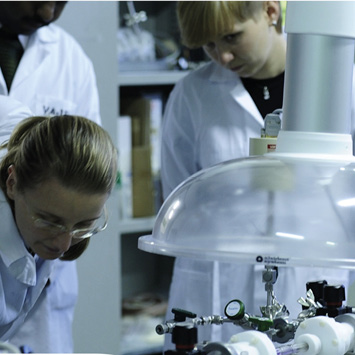
Probing Antimatter with Atomic Precision

Abstract
The study of antimatter is one of the most fascinating issues in modern physics. One of the fundamental questions to which we still do not know a satisfactory answer is the surprising disproportion observed in our part of the Universe between the dominant matter and the antimatter present only in marginal amounts. Perhaps one of the reasons for this is the incorrect assumption that the contemporary theory of gravitational interactions (so far verified only in the material world) also adequately describes the world of antimatter. Moreover, we are not convinced that the theory of fundamental interactions (the Standard Model) itself, describing matter and antimatter, does not need some improvement to explain these discrepancies.
For exactly these reasons, and also for scientific curiosity, an unprecedented development of experimental techniques at the interface of atomic and nuclear physics has been developed for several decades, aimed not only at producing antimatter but also at its controlled capture, storage, and use as an extremely precise research tool. We are rapidly approaching the point at which it will be possible to verify with atomic precision how objects containing antimatter fall in the Earth's gravitational field, how atomic bound states of matter and antimatter behave, and also how to understand the properties of exotic atoms that are not present in the ordinary periodic table.